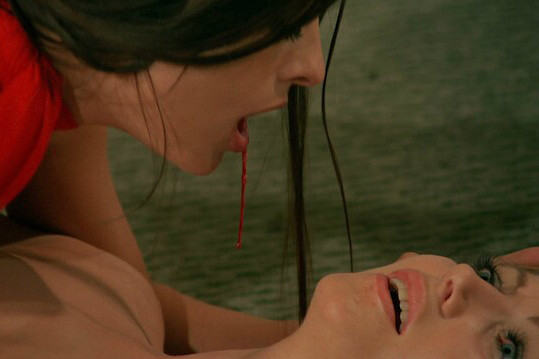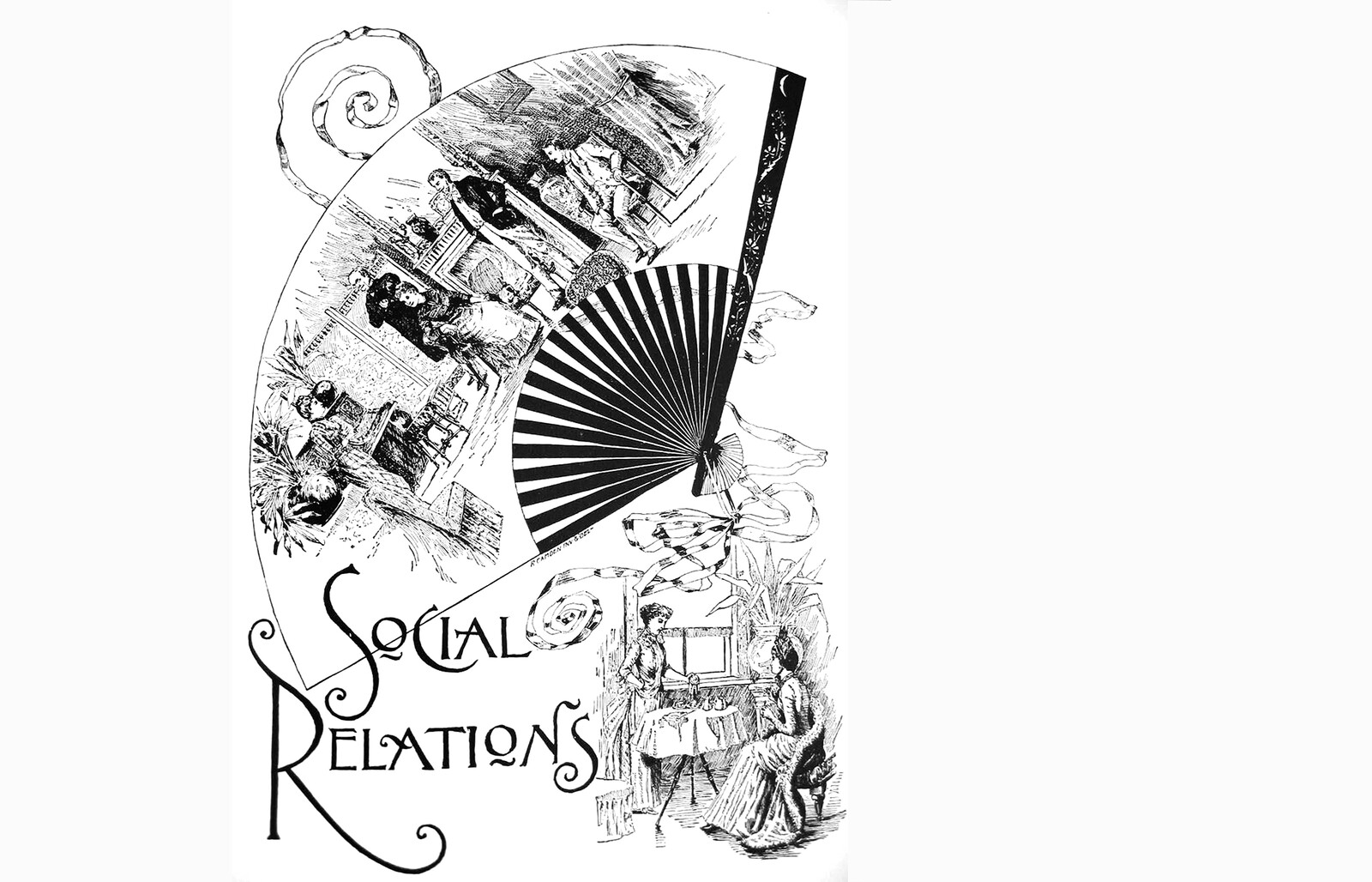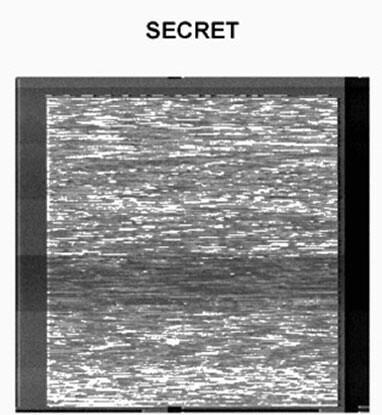Plato seeks to explain beauty only in terms of its effect, but beauty is supposed to be nothing but the imitation of the idea of beauty—this seemingly merely exegetic remark on the Plato passage is, if I am not mistaken, of the most central imaginable significance for the establishment of an aesthetics. For it means that neither can we explain the idea of beauty or the idea of art as such in directly objectivist terms—that is to say, without reflection on the spirit, without reflection on humans and their attitude towards objectivity—nor, on the other hand, is this idea of art or this idea of beauty limited to the context of effects that it imposes on us; rather, it is essentially objective and has an objective aspect. In other words: if I could already formulate here the polarity which one encounters in Plato, if one does not wish crudely to impose an inconsistent theory on him, one must say that the underlying conception of beauty itself here is a dialectical conception of beauty. This means that beauty itself, by its own nature, presents itself as mediated, inherently as something like a tension between subjective and objective aspects. And when I told you that all the motifs of aesthetics that ever unfolded in later times are already present here, as if in a kind of sacred foundational text, then this is primarily what I had in mind. For even at its highest peak, at the Hegelian peak, aesthetic speculation did not get any further than that definition of beauty which termed beauty itself—instead of calling it being in a static, object-like sense—just such a state of tension between subjective and objective aspects.
Deception


At the beginning of the post-truth era lies deception, Ralph Keyes argued in 2004. But who or what is being deceived by whom, and why? What is true/real and what is fictional/constructed? Are there facts or only a set of rules and constraints imposed on imagination? Is anything as it seems? This reader addresses these and other questions. It starts with an excerpt from Adorno’s seminal text on “beauty,” where beauty is discussed as a form of madness suspending reality. The following essays challenge the politics of caring and being together; of knowing and trusting information; of recognizing, controlling, and loving; of reading, seeing, and hearing; and of becoming “things that feel.”
We initially discover reality not as a simple sum of “facts.” Rather, we discover reality as a sum of necessities and constraints that do not allow us to do what we would like to do or to live as we would like to live. Reality is what divides our vision of the imaginary future into two parts: a realizable project, and “pure fantasy” that never can be realized. In this sense reality shows itself initially as realpolitik, as the sum of everything that can be done—in opposition to an “unrealistic” view of the conditions and limitations of human actions. This was the actual meaning of nineteenth-century realist literature and art, which presented “sober” and elaborate descriptions of the disappointments, frustrations, and failures that confronted romantic, socially and emotionally “idealistic” heroes when they tried to implement their ideals in “reality.”
The art world is perhaps a special case. Artists—despite canned Facebook congratulations and condolences related to progeny, parents, and pets—may not be invested professionally in cultivating niceness. Some curators and many art historians seem to duck online niceness in favor of an archly distant dignity. But much of the institutional apparatus in charge of distribution, circulation, publicity, and sales is on a long-term charm offensive. The experience economy, like the closely related caring economy, demands a public-relations approach. A very high proportion of museum and gallery staff, those who must communicate with people both inside and outside the institution, are, like the very high proportion of public-relations workers, women—a “pink-collar ghetto”—with all the prejudices that still calls forth.
Imagined communities are called into being through media, and the reality-based community is no different. Documentary cinema is its privileged means of imagination. Why? With a frequency not found in other forms of nonfiction image-making, documentary reflects on its relationship to truth. And unlike the written word, it partakes of an indexical bond to the real, offering a mediated encounter with physical reality in which a heightened attunement to the actuality of our shared world becomes possible. But precisely for these same reasons, documentary is simultaneously a battleground, a terrain upon which commitments to reality are challenged and interrogated.
Mutual love is often thought of as mutual recognition: I see you for who you are and you see me back. But recognition is inevitably also a naming, a fixing, a pinning down. In order to recognize, you have to categorize, and categories are notoriously inflexible. Recognition, if understood as a projection that disallows the evolution of self and identity, becomes restrictive rather than liberating. However inadvertently, the recognition required for mutual love can easily slip into a form of control.








